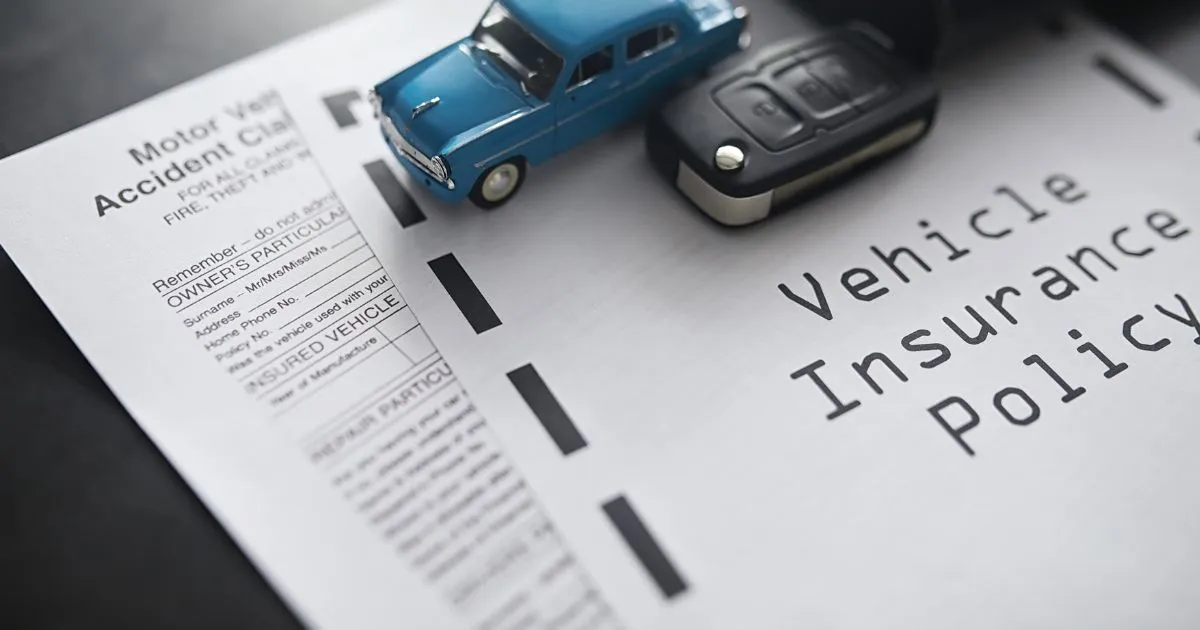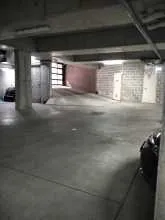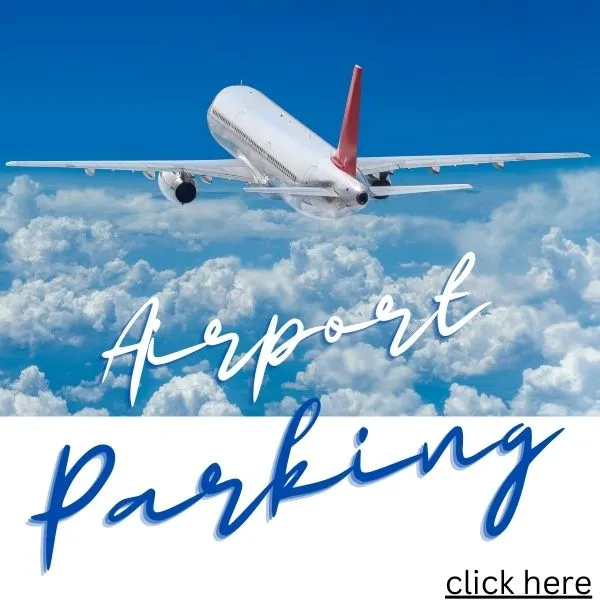What You Should Know Before Driving in Australian City Centres
Driving in CBD areas like Melbourne and Sydney for the first time can be exhilarating and excruciating. One minute you’re on track to meet a friend and go shopping, then the next you’re stuck in roadworks, slipping down tram tracks (or light rail tracks if you’re in Sydney) or even worse, on a freeway heading out of the city with no exits in sight.
If you’re visiting the city by car for the first time, the likelihood of experiencing these obstacles only increases. But don’t let this put you off visiting either! Exploring Australia’s cities can be a wonderful way to experience what life is really like for millions of Australians every day. All you need to navigate Aussie roadways with confidence is a good grasp of local road rules and driver etiquette.
Here are just some of the things to keep in mind to help you keep cool, calm, and collected when driving in Australian city centres.
Driving in Australian city centres: Top 5 tips
1. Never drive without insurance
Urban roadways in Australia can come with some unique hazards, like converging tram tracks or confusing intersections. In fact, even local drivers can struggle with navigating some of the more complicated urban streets in cities like Melbourne and Sydney.
For this reason, it’s essential that you take out insurance on your rental car. It’s always better to be cautious, especially when driving across unfamiliar and traffic-dense roadways like the ones you can expect to find in Australian city centres. And if you notice any mechanical issues before or during your trip, always visit a licensed and professional mechanic. Getting your car checked by a qualified expert can save you from breakdowns, safety risks, or even costly fines that could result from driving an unsafe vehicle.
Pro tip: if you’re driving a friend or family member’s car, make sure that you at least have 3rd party car insurance so that your loved one doesn’t have to get slapped with an at fault insurance claim made against them.

2. Understand local road rules
Despite Australia having common driving rules nationwide, different states can still have their own sets. Be sure to get familiar with the local rules wherever you go, as pleading ignorance will likely be met with stony expressions from the police if you do happen to get pulled over.
The most singular example of this is Melbourne’s hook turns. In short, you turn right at certain intersections from the far-left lane. It seems counterintuitive at first, but something that gets much easier the more you do it.
3. Watch for trams, buses, and cyclists
If you’ve driven in literally any city before, you’ve no doubt had to share the road with vehicles other than cars. Australian cities, particularly our capital cities, are no different, with roadways being shared by trams, buses, and cyclists at virtually all hours.
You’ll find that urban roadways will actually have different lanes for trams, buses and bikes to reduce risks of accidents – but keep in mind that these lanes may change at intersections, so proceed with caution to ensure you don’t accidentally encroach into the path of a larger vehicle or a lone cyclist.
4. Be flexible with your GPS usage
Yes, modern navigation apps can prove lifesavers and timesavers. But they don’t catch everything, so be wary. Sudden construction zones, the perfect shortcut that turns out to be one-way (the wrong way), and signal dropouts; these things can quickly derail your plans when navigating urban roadways that are constantly changing.
5. Solve the parking puzzle beforehand
Of course, this isn’t always possible. But any chance you get, research your parking options before you drive. Especially if you’re driving solo. Nothing spells trouble like a driver trying to spot a free park instead of watching the road.
And even if you do happen to find a spot that’s free within a certain timeframe, simply misreading a sign (and they can get confusing) will land you with a parking fine!
Thankfully, with Parking Made Easy you can find parking spots across all Australian city centres with just a basic search. And for those of you who are planning to visit city centres more regularly, you can even rent parking spots on a longer term basis, ensuring you always have access to your own secure, private parking whenever you head into the big smoke.

3 Aussie cities that can be tricky to navigate for newcomers
No two Aussie cities are built the same, so wherever you’re planning to visit, be sure to do a little research beforehand. That way, that city’s quirks won’t become problems.
Here are three cities where some prior knowledge will go a long way.
1. Sydney, NSW
Dazzling and daunting; that’s the best way to sum up driving in Sydney. Crossing the Harbour Bridge into the CBD offers (for the passengers, anyway) a spectacular view, but once you’ve crossed, you’re met with narrow one-way streets and unpredictable traffic patterns. And with limited city parking, it can be difficult to find respite.
That said, preparation and a good GPS will make Sydney manageable. As long as you avoid peak hour and make sure your car is fitted with a toll link. Driving in Sydney will always involve navigating toll roads.
2. Melbourne, VIC
If Sydney is daunting, then Melbourne is deceiving. At first glance, its grid layout looks simple; in reality, it’s anything but. Melbourne is home to the only tram network that interlocks with cars. As such, expect to navigate tram tracks and expect to learn special tram signals if you want to drive safely here.
We’ve already mentioned it, but the hook turn will catch you off guard the first time. Don’t worry, however; by your third attempt, you’ll have the hang of them.
3. Brisbane, QLD
Like Melbourne, Brisbane’s CBD grid looks straightforward on paper. And it is, as long as you account for the web of bridges, underpasses, and one-way streets. Brisbane is also dotted with toll roads and tunnels, so plan and avoid taking a route that leads you to the inner suburbs instead.
As Brisbane has also just rolled out its 50 cent public transport fares, you may even swap out your car for a train or bus trip through the Brisbane city centre. To this, we say smart move because roadways like Story Bridge and the M3 and M5 motorways can get very busy at peak hour.
Stay Safe on Urban Roadways with these Local Driving Tips
In the end, driving in an Australian city is no different from driving in any other city around the world. The same common sense approach still applies: drive smart, and you’ll soon drive confidently, no matter whether you’re in Brisbane or Buenos Aires.
And if you’re visiting from somewhere that drives on the right side of the road, take your time getting the hang of the left side. It’s alien at first, but soon your natural driving instincts will take hold. Just give yourself a little patience, and maybe even do a few test drives out in the suburbs before you head into the heart of the city, whether you’re staying in Sydney, Melbourne, or Brisbane.
**Daniel Battaglia, Parking Made Easy:** As part of the Parking Made Easy team with the assistance of Generative AI, Daniel Battaglia offers his experience in the car parking industry. He is dedicated to providing valuable information and resources to help you make smart parking choices and has been widely quoted in national media outlets. Connect with Daniel directly at daniel@parkingmadeeasy.com.au for further assistance.



